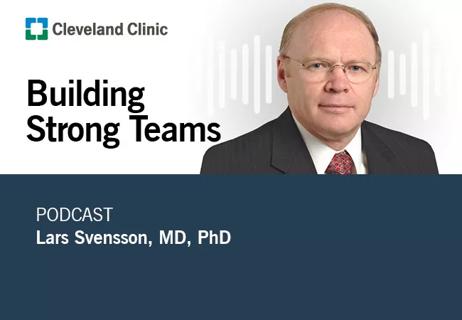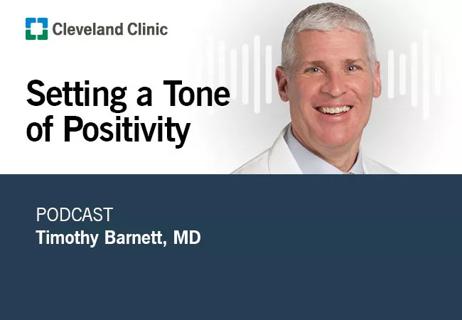
A Q&A with organizational development researcher Gina Thoebes

Cleveland Clinic transformation leader led development of benchmarking tool with NAHQ

Raed Dweik, MD, on change management and the importance of communication

Leadership pearls from Margaret McKenzie, MD, hospital vice president
Advertisement
Cleveland Clinic is a non-profit academic medical center. Advertising on our site helps support our mission. We do not endorse non-Cleveland Clinic products or services. Policy

Successful communication means meeting listeners where they are

Hospital president followed his instincts to new opportunities

A team of supporters can help build confidence

Leadership is ‘the ability to create a vision and the courage to develop’

Continuous Improvement model makes success repeatable

Cleveland Clinic Lutheran Hospital chief aims for positivity and calm
Advertisement
Advertisement